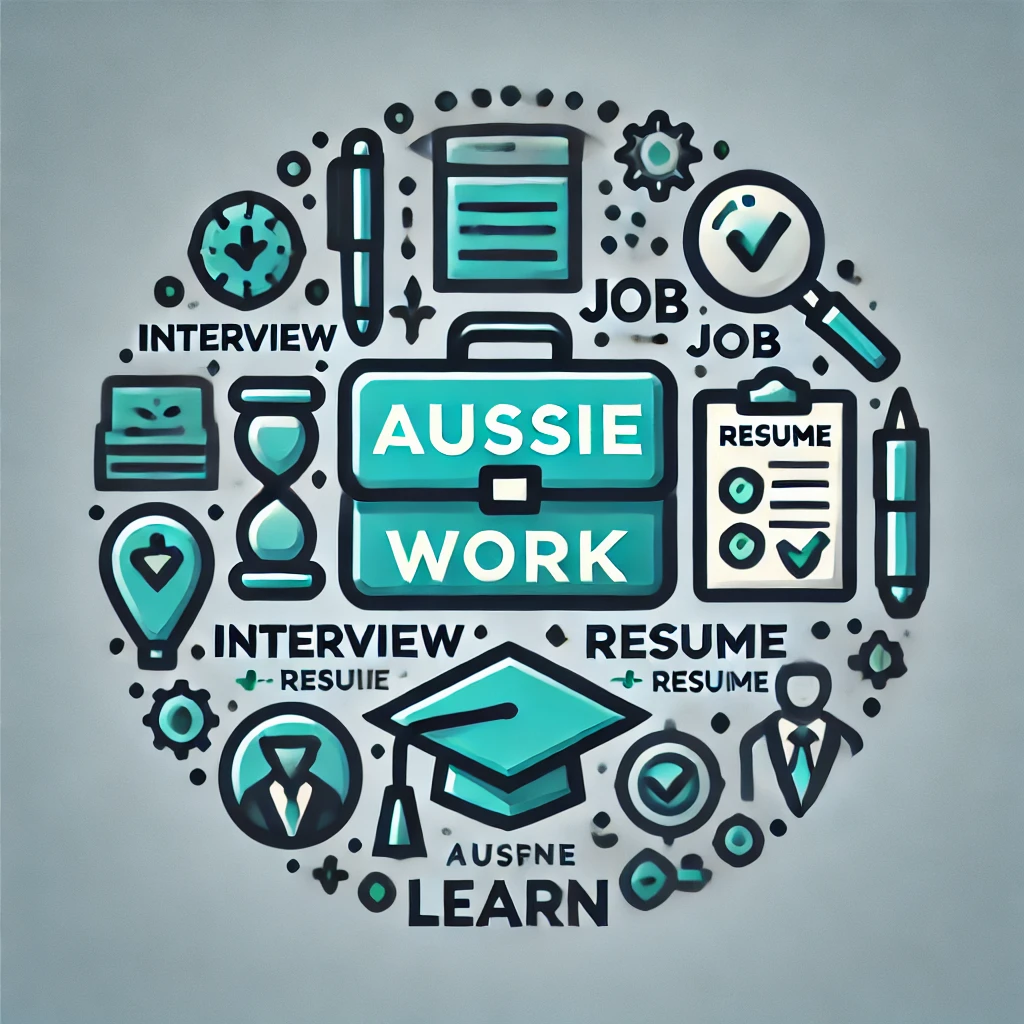How to Write an Australian Resume
In today’s competitive job market, having a standout resume is essential, especially when applying for roles in Australia.
This guide will walk you through the format, sections, and standards to follow when creating an Australian resume, ensuring it meets local expectations and helps you secure interviews.
1. Understanding the Australian Resume Format
While similar to resumes used in many other countries, the Australian resume has some unique elements. Understanding the correct format can set you apart and show employers that you’re familiar with local hiring practices.
Resume Length
- One to two pages is the recommended length for most roles in Australia.
- For senior or specialized positions, three to four pages may be acceptable, but only if the content is highly relevant.
Font and Formatting
- Use clear, easy-to-read fonts like Arial, Calibri, or Times New Roman.
- Keep the font size between 10 and 12 points.
- Avoid excessive formatting like multiple colors or overly intricate designs; simplicity and clarity are key.
Australian English
- Make sure to use Australian spelling and grammar (e.g., ‘organize’ instead of ‘organize’).
- Double-check for any region-specific terminology used in your industry.
2. Key Sections of an Australian Resume
The structure of an Australian resume is straightforward, and each section should be tailored to the job you’re applying for.
2.1 Contact Information
At the top of your resume, clearly list:
- Full name (use the name you prefer to be addressed by in a professional setting).
- Phone number (with the correct Australian format or include your international dialing code if applying from overseas).
- Email address (a professional email address is a must).
- LinkedIn profile (optional but highly recommended, especially for professional roles).
2.2 Professional Summary
This is a concise, powerful statement of 3-4 sentences that summarizes your skills, experiences, and goals. Focus on what makes you unique and what you bring to the job. Be sure to:
- Highlight your most relevant skills.
- Showcase your key achievements.
- Mention any specializations or expertise that align with the job requirements.
2.3 Key Skills
This section should highlight your core competencies. It’s usually a bullet-point list of 6-10 skills, tailored to the role you’re applying for. Consider including:
- Industry-specific skills.
- Transferable skills (like communication, leadership, or problem-solving).
- Technical abilities (such as software proficiency or other relevant tools).
2.4 Work Experience
List your previous jobs in reverse chronological order. Each role should include:
- Job title.
- Company name and location.
- Dates of employment (month and year).
- A few bullet points outlining your key duties and accomplishments in each role, focusing on outcomes (e.g., “Improved sales by 20% over six months” or “Managed a team of 10 staff”).
Ensure the details you include are relevant to the job you’re applying for. Be concise but specific about your contributions in each position.
2.5 Education
Include your most recent and relevant qualifications. For each entry, list:
- Degree or certification.
- Institution name.
- Completion date (or expected completion date).
- Key achievements or coursework, especially if it relates to the job.
For those with more extensive work experience, it’s not necessary to list high school education unless it’s your highest qualification.
2.6 Certifications and Professional Development (Optional)
If you’ve completed any industry-relevant courses or certifications, include them here. Examples might be:
- Certificates in project management, marketing, or software proficiency.
- Courses that demonstrate continuous learning or leadership development.
2.7 Volunteer Experience (Optional)
Volunteer work can add valuable context to your skills, especially if it’s related to the job. Even if it’s not directly relevant, it can show commitment and a sense of social responsibility, which many Australian employers value.
2.8 Referees
Unlike some countries where references are automatically included, in Australia, the standard is to state:
- “Referees available upon request.”
This keeps your resume clean, but be ready to provide referee details when asked during or after the interview process.
3. Local Resume Standards and Tips
Tailoring for the Australian Market
Tailoring your resume for each application is essential. Some tips to consider include:
- Focus on achievements: Employers want to see not just what you did, but how well you did it.
- Use keywords: Many companies use applicant tracking systems (ATS) to filter resumes. Match the language in the job ad to improve your chances of passing this stage.
- Quantify your results: Wherever possible, use numbers to back up your claims. For example, “increased client satisfaction by 30%” or “cut costs by 15%.”
Avoid Photos and Personal Details
In Australia, resumes do not typically include:
- Photographs.
- Personal information such as date of birth, gender, marital status, or nationality.
- This reflects the country’s strong stance on anti-discrimination and ensures the hiring process focuses on your qualifications.
Understanding Local Hiring Preferences
Australian employers tend to value:
- Straightforward language: Avoid buzzwords or over-complicated sentences.
- Down-to-earth tone: Confidence is key, but over-selling yourself can be off-putting. Stick to the facts.
- Work-life balance awareness: Employers in Australia appreciate individuals who recognize the importance of a balanced approach to professional and personal life.
4. Final Checks Before Submitting Your Resume
Before submitting your resume, always ensure:
- Proofread thoroughly for any spelling or grammar errors.
- Ensure your formatting is consistent (use the same font, alignment, and bullet point style throughout).
- Customize your resume for the job by reviewing the role requirements and adjusting your skills, experience, and summary accordingly.
Keep in Mind
Writing an Australian resume requires a balance of professionalism, relevance, and clarity. By following the guidelines in this article, you’ll be able to create a resume that not only meets local standards but also helps you stand out from the crowd.
